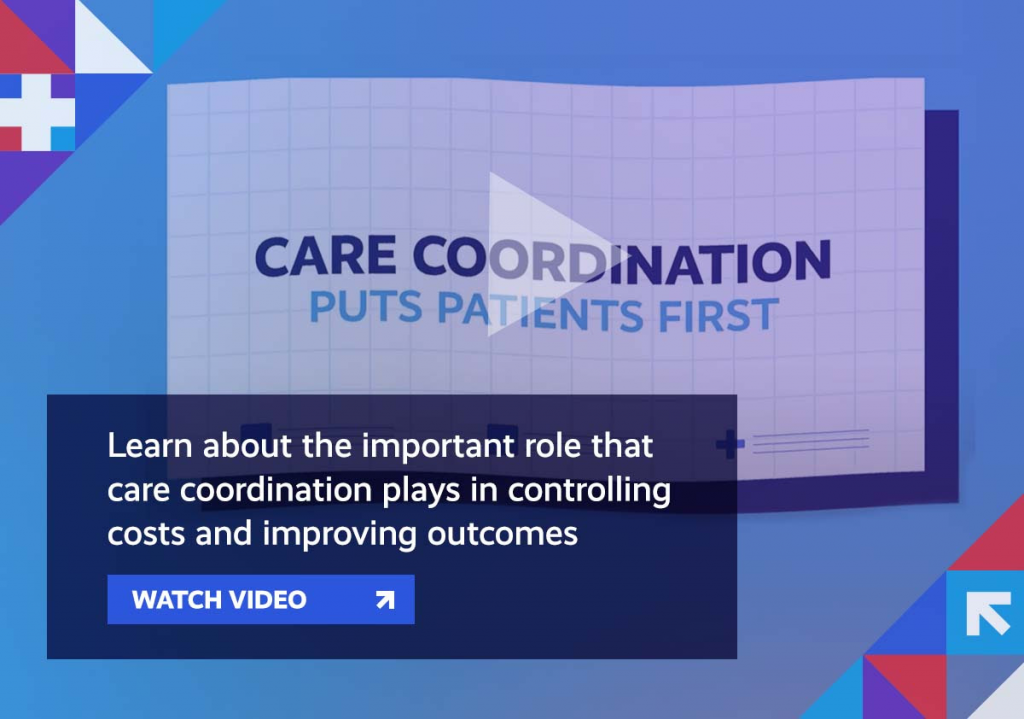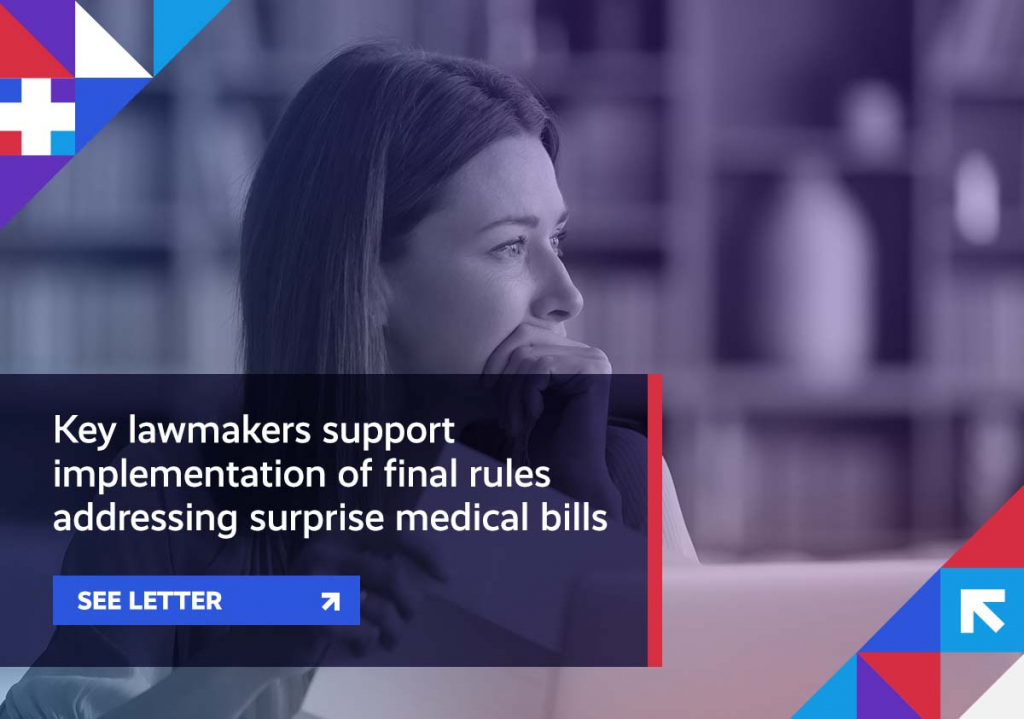The focus on high drug prices exposes hospitals’ role in driving up these costs; meanwhile, the average price of specialty drugs is found to be increasing faster than inflation; stakeholders support recently proposed final rules targeting surprise medical bills; and, a look at how private equity interests impact consumers’ healthcare costs.
We encourage you to We encourage you to stay involved as implementation efforts surrounding healthcare reform progress. Visit the Health Action Network and be sure to let us know what’s on your mind.
Item of the Week

Week in Review
Hospitals & Rx Prices: Our focus on rising drug prices has grown to include an examination of the supply chain dynamics connecting consumers with their medicines. While no one is downplaying the direct influence that drugmakers continue to exert on drug price trajectory, what’s only now starting to come to light is the role that hospitals also play in driving up these costs. In fact, earlier this year it was reported that hospitals mark up the prices of dozens of popular medications by an average of 250 percent. And, late last month, a new report was released in which safety-net hospitals were found to be charging 3.8 times more than the purchase price for oncology drugs. These revelations build on the narrative established by a previously-released RAND report, in which US consumers were found to pay more than 2.5 times on average for prescription drugs than 32 other nations. That gap is even more pronounced for brand-name drugs, with prices in this country being 3.44 times higher. This has pitted these stakeholders against one another, with the pharmaceutical industry accusing hospitals of deliberately hiking prices to reap profits. To buttress their attack, PhRMA released a report of its own detailing how often hospitals inflate the cost of medicines, as well as the impact that consolidation has had on prices.

Specialty Rx Inflation: Separately, a new report takes a look at the price trajectory for specialty drugs. This category of drugs includes those medicines used to treat complex, chronic conditions, and often require specialized administration or handling. According to the analysis, released by AARP, retail prices for 180 widely-used specialty drugs increased by an average of 4.8 percent last year – that’s more than three times the rate of inflation over that same period (1.3 percent). Researchers went on to point out that their study didn’t include five additional, widely-used specialty drugs that had unusually high prices and/or an extremely large price increase during the period analyzed. Had those drugs been included, the average cost of a specialty drug would have come in at more than $136,000 in 2020 – more than twice the median US household income of approximately $66,000.
Surprise Medical Billing Rules: As previously covered, proposed final rules targeting surprise medical bills were released at the end of last month. Depending on who you ask, the initial response was decidedly mixed. However, there’s no denying that the rules, as released by the Administration, were certainly in keeping with the Congressional intent of the law – namely, to take consumers out of the middle of these reimbursement negotiations. With the dust beginning to settle, a diverse collection of stakeholder groups representing patients, employees, unions, and families, have all voiced their support of the consumer-centric final rules and are urging the regulators to maintain these provisions as the law looks to take effect next year.

Private Equity Interests: A trend that had quietly been reshaping the healthcare delivery landscape across the country has very quickly begun to attract more attention. Specifically, the effect of private equity investment in the healthcare space and its impact on consumers, from both a cost and quality perspective. Just a few years ago, private equity activity represented nearly half of all healthcare mergers and acquisitions. Given this level of interest, of principal concern is how this influx of profit-driven entities into the healthcare delivery paradigm is raising costs, while reducing the quality of care. A growing body of evidence provides a resounding answer, with hospitals raising their prices after being acquired and patient outcomes worsening, made all the murkier as a result of an increasing lack of transparency.
Spotlight

| You can keep up with the latest by following the Health Action Network on Twitter and by liking us on Facebook. And, be sure to check us out on LinkedIn, too. As always, let us know if there’s something you’d like to see covered in a future newsletter. |
